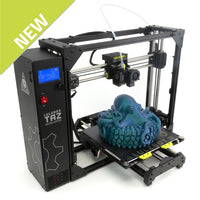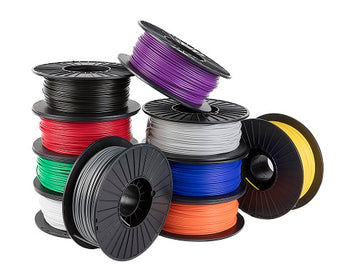3D Printing Molds and Casting
How is 3D printing used for molds and casting?

Low volume production is now more affordable than ever thanks to 3D printing. You can now produce patterns and/or molds for a fraction of the cost of traditional mold making. This is an incredible difference thanks to the ability oc creating one-off molds.
Sylatech
Sylatech offers CNC machining, radio frequency and microwave manufacturing, and investment casting. Thanks to using 3D printers, their prototyping process has seen significant speed improvements.
Casting Metal from 3D Printed Parts
See the ful process of going from 3D printed part to metal cast using PolyCast by Polymaker.

Shorten tool development time to days instead of months.

It is no possible to create metal parts directly from 3D prints for investment casting. Siemens is now turning 3D printed parts into metal casts of 316 grade steel in 1-2 weeks instead of 16.

You can also turn a 3D printed part into a silicone mold. This allows you to produce food grade molds in any shape you desire.
Do you want to recieve more helpful articles like this one sent right to your inbox? Sign up for our newsletter today!
Sylatech
To create a model from wax, Sylatech has to create special tooling. Typically, projects that uses these tools will take approximatley five weeks to develop the first metal part. Adjusting the tooling when modifications are needed in the design costs roughly £500 per adjustment. However, when the 3D printer is used, printing a new design costs only around £10 per part. Typically, 30% of designs need alterations after the first prototype. By using the printers to create the metal prototype, you minimize the chances of modifications to the tooling. So, this could not only save heaps of time but also on costs.


Now it is possible to go directly from 3D printed part to metal cast. This enables a whole new level of speed in customization for molds and casting. Contact us today to learn how we can help you realize the benefits of this technology in your business.




